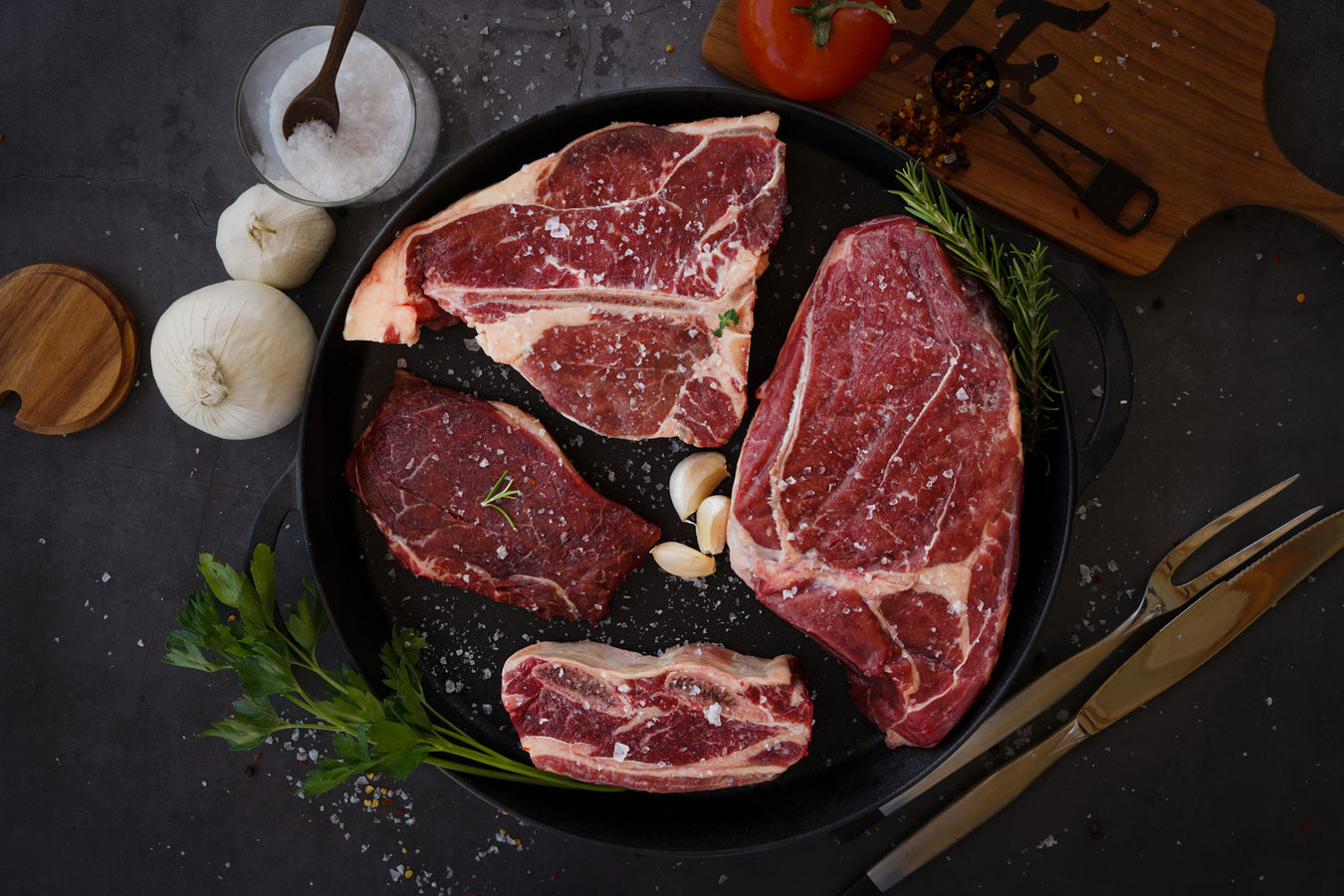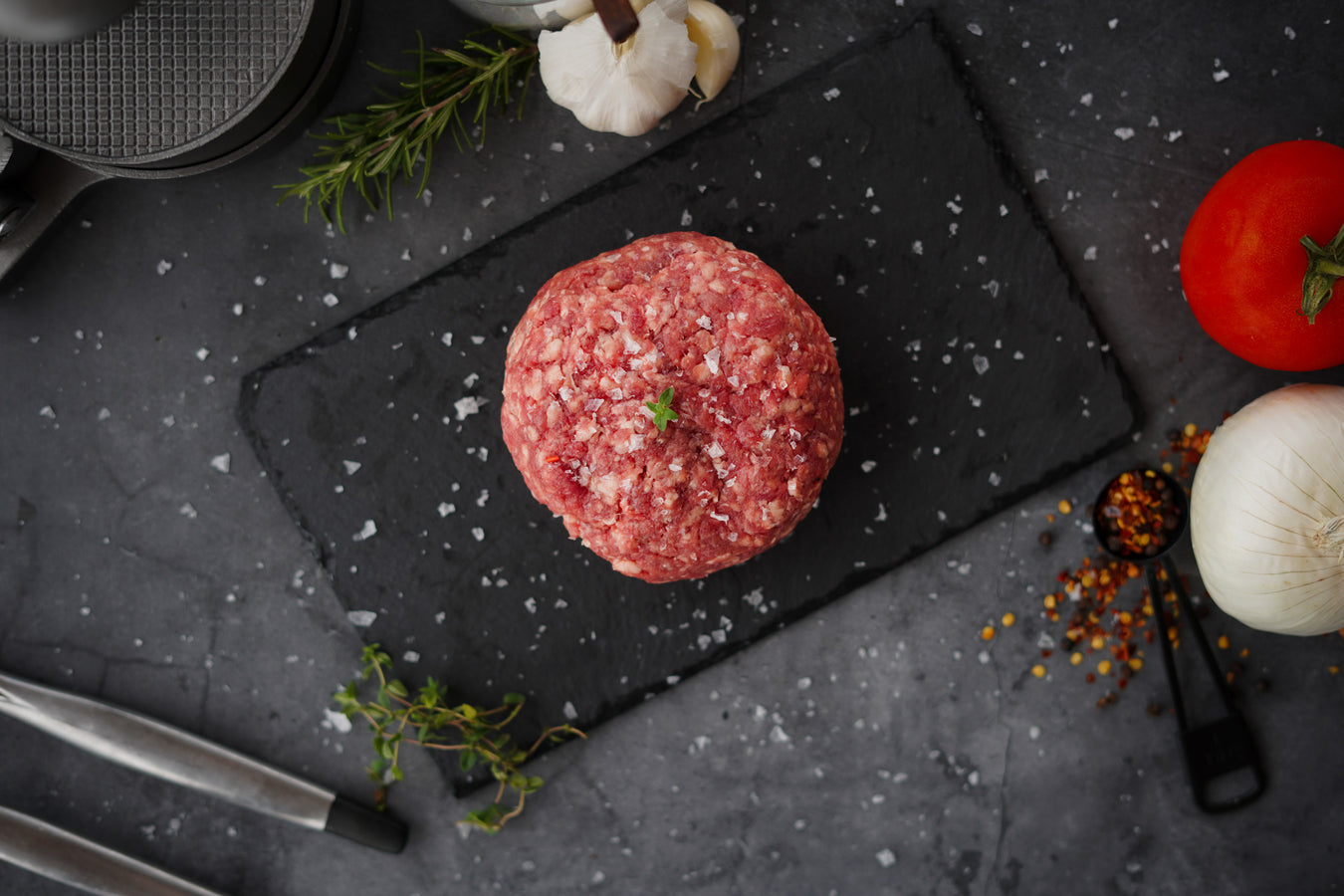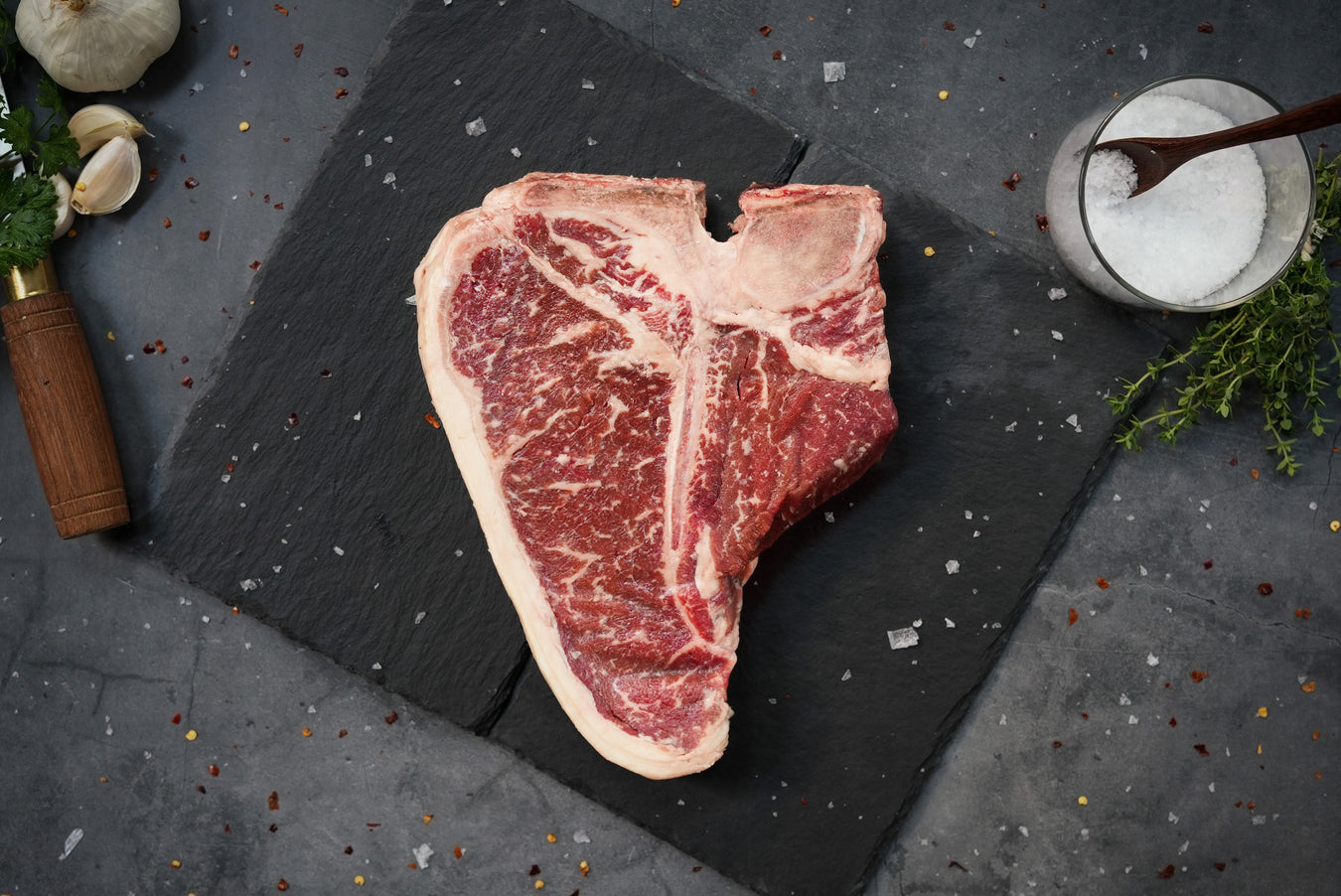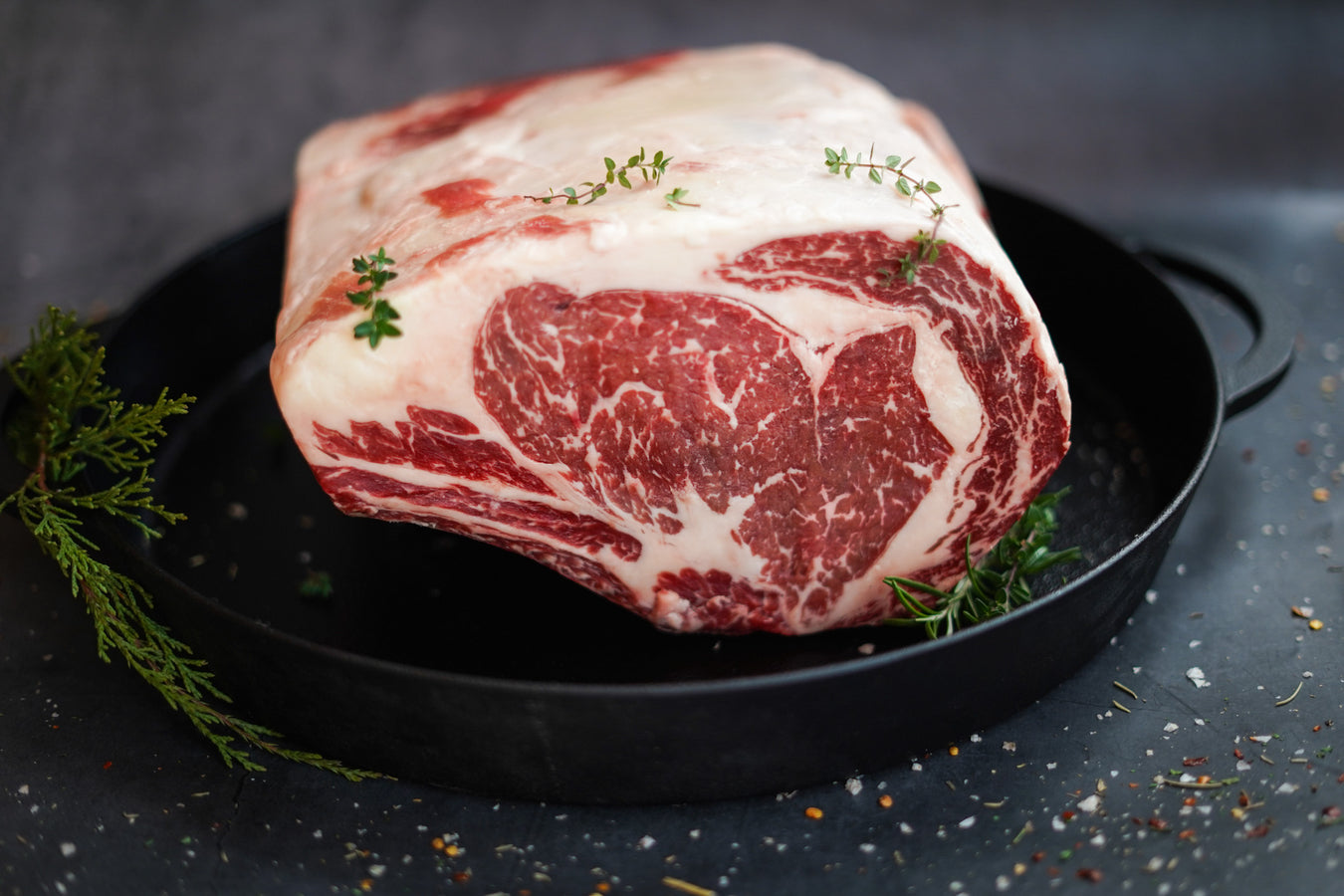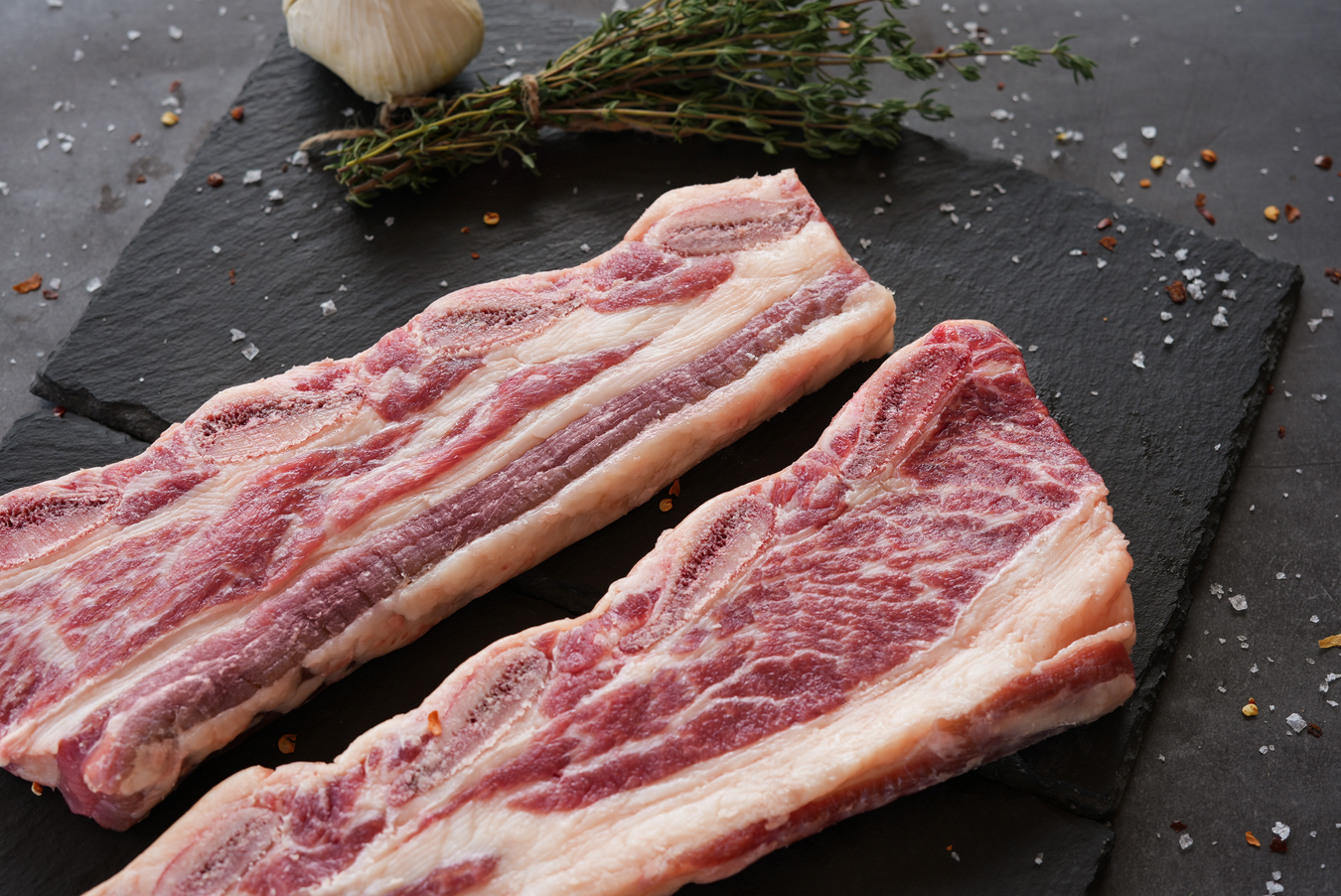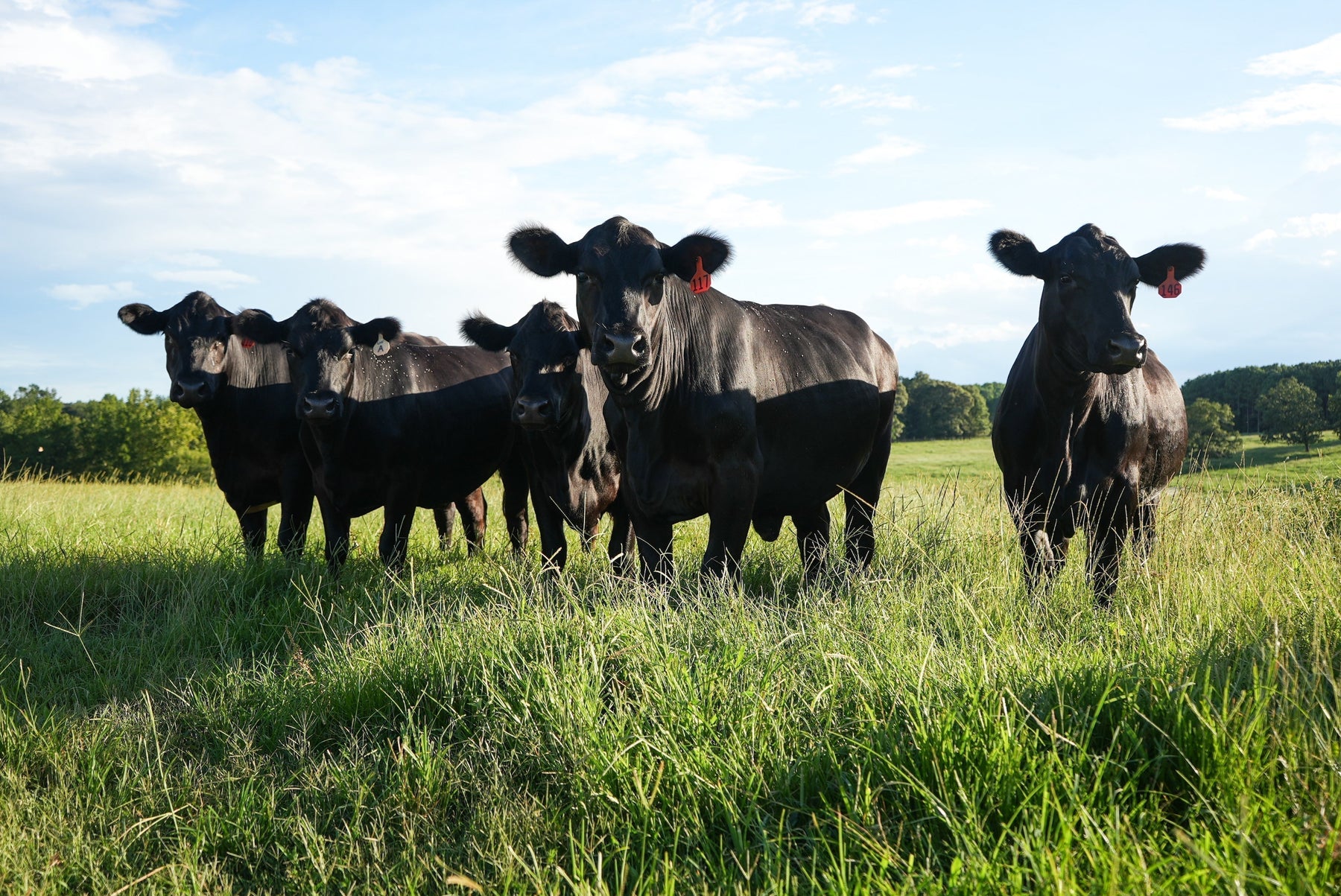
Marc's take on the effects of Tariffs on US Agriculture
Disclaimer: I’m not an economist, and I could be talking out my butt here. This is just my take and interpretation based on what I’m seeing from our farm and the broader market.
There are two, maybe three distinct perspectives in U.S. agriculture right now, and I haven’t seen anyone cohesively outline the current market risks across all of them.
Let’s start with our operation: a direct-to-consumer farm raising beef cattle from birth to finish. We sell that beef directly to customers and also use the suet from those cattle to produce tallow-based skincare products. This model sets us apart from the broader commodity cattle market and shields us somewhat from tariffs.
Back in 2020, we shifted away from a cow/calf commodity setup when cattle prices cratered, making revenue, cash flow, and profitability impossible to predict. Now we control our own pricing and cash flow. Our biggest expenses are debt service on the land and feed costs—and the current market conditions might actually work in our favor.
Retaliatory tariffs on agricultural commodities could stifle domestic feed prices if exports of those commodities drop, potentially lowering our feed costs. Take corn or soybeans, for example: if export demand weakens (say, from China or the EU), surplus supply could pile up stateside, driving down prices. That’s a win for us as buyers of feed.
On the financing side, there’s more good news. Just a few weeks ago, Fed Chair Jerome Powell scaled back projections to two rate cuts for 2025, but rumors this morning suggest the Fed might bump that up to five. If that pans out, it could slash our borrowing costs. When we saved this farm in 2019, I used my own money but borrowed it from myself using a securities-backed line of credit—brilliant when rates were at 1%, but agonizing when they soared under the Biden administration. Thankfully, the stock market’s strong performance over the past couple of years, combined with the growth of our business, has offset some of that pain. With lower rates, we could refinance into a traditional fixed-rate loan, locking in stability and easing the pressure.
But it’s not all rosy. The risk of a global recession has jumped from a 30% possibility to a 60% probability overnight (per JP Morgan ), and that’s a red flag. Our beef is a luxury product—think a $55 ribeye—and relies on customers with disposable income. In a recession, spending could dry up, hitting sales. Our tallow skincare line, also a luxury item, might fare better since its price point is lower, potentially making it a more resilient niche. Still, we’re not immune to economic headwinds.
Now, pivot to the cow/calf commodity perspective. The U.S. herd size is at historic lows, keeping feeder cattle prices high due to constrained domestic supply. Here’s the catch: much of our beef supply gets exported—think high-quality cuts to Japan or South Korea—while we import lower-grade beef for things like ground meat.
Tariffs could disrupt that balance. If exports fall, feeder cattle prices might drop as packers redirect beef to the domestic market, boosting supply here.
Two outcomes are likely, maybe both: 1) feeder cattle commodity prices decline, squeezing producers, and 2) retail beef prices fall as big packers like Tyson or Cargill flood grocery stores with what they can’t sell abroad. This import-export imbalance could create an oversupply, dragging down prices and hitting commodity-focused farmers hard.
But there’s a third possibility, one that flips the script: the big packers could artificially slow production. This move would have a dual effect. First, by buying fewer feeder cattle, they’d suppress commodity prices, leaving an oversupply of livestock sitting on producers’ hands—farmers and ranchers would take the hit as their margins shrink or vanish. Second, by tightening the beef pipeline, packers could keep domestic grocery prices elevated, protecting their own profits even as export markets wobble.
This isn’t just hypothetical—it’s a lever the meatpacking oligopoly can pull, given their outsized control over slaughter capacity and distribution. With just a handful of players like Tyson, Cargill, JBS, and National Beef processing over 80% of U.S. beef, they’ve got the muscle to dictate terms. Slowing the kill lines doesn’t require a grand conspiracy; it could be framed as 'adjusting to market conditions' or 'managing inventory.' The result? Producers drown in unsold cattle while consumers still pay a premium at the checkout. Farmers get squeezed from one end, packers pad their bottom line on the other, and the debt-laden agricultural system creaks under the strain.
Lower borrowing and feed costs might cushion the blow—cheaper loans for equipment (if the equipment cost isn't inflated by tariffs!) or operating expenses, cheaper grain for finishing cattle—but it’s tough to see that offsetting the revenue loss. Early signs point to a net negative for them.
This ripples back to us. Grocery store beef prices have been sky-high lately, shrinking the premium we charge for our direct-to-consumer beef. That’s actually boosted our demand—customers see the gap between store prices and ours as small enough to justify our quality. But if tariffs tank retail beef prices, that gap widens, and our premium product might lose appeal, especially in a recession where every dollar counts. We’d need to lean harder on marketing—our grass-fed, grain-finished, local story—or diversify our customer base, maybe expanding on our subscription sales to lock in revenues. If the big packers tighten the supply and retail beef prices remain steady, we may not see as much of a hit.
The hardest-hit group, though, will be row crop farmers. They’re heavily tied to commodity exports—corn, soybeans, wheat—and prices for those have already tanked in the last few days. Look at soybean futures: if China pulls back on purchases due to tariffs or a slowing economy, that’s a gut punch. The government will likely step in with significant relief—think expanded crop insurance payouts or emergency subsidies—but it might not be enough. Row croppers also rely on imported inputs like fertilizer, often from Canada or Russia. Reciprocal tariffs could jack up those costs, shredding margins further.
Their silver lining? Lower interest rates. Many operate on annual farm loans, borrowing to cover planting and operating expenses for the year and paying it back post-harvest—keeping whatever profit’s left to live on. Cheaper loans ease that burden, but without robust government aid, it’s still a net loss. Add in weather risks—say, a dry spring in the Corn Belt—and they’re staring down a brutal year.
Across all three perspectives, the market’s a mixed bag.
For us, lower feed and borrowing costs could be a lifeline, but recession risks loom large. Commodity cattle farmers might scrape by if costs drop enough, though tariff-driven price declines look rough. Row croppers, meanwhile, are in for a reckoning unless Uncle Sam bails them out.
The interplay of tariffs, rates, and global demand is a wild card—no one’s got a crystal ball, but it’s clear the pain won’t be evenly spread.
US agriculture is so reliant on short and long term debt, that the only saving grace short of government bail outs, would be lower interest rates. Without lower borrowing costs, the Ag industry is in for a world of pain.

